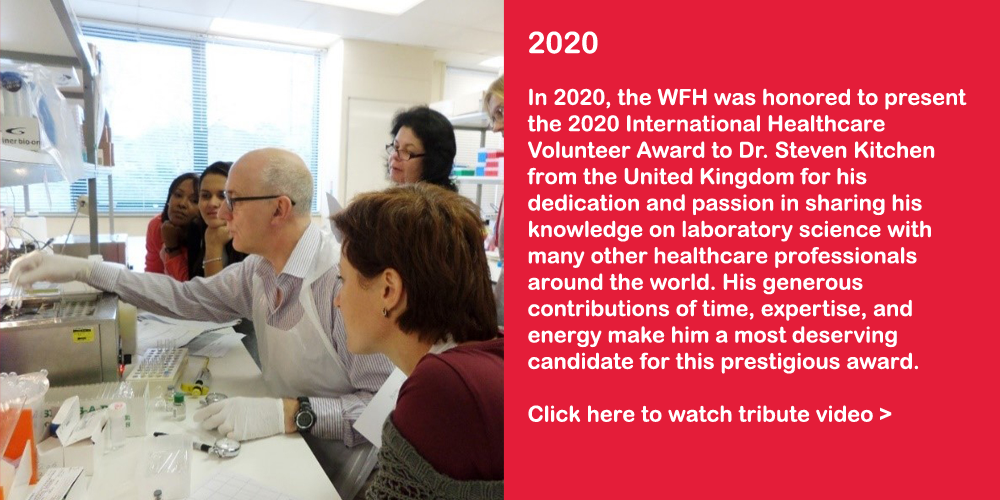Updated April 26, 2021
uniQure has announced that the U.S. Food and Drug Administration (FDA) has removed the clinical hold on the company’s hemophilia B gene therapy program after determining that they have satisfactorily addressed all issues identified by the FDA related to a single patient diagnosed with hepatocellular carcinoma (HCC) in the HOPE-B pivotal trial. Read the full press release here.
Updated 23 December 2020
BioMarin announces no dosing in their hemophilia gene therapy trials temporarily to permit better understanding of the UniQure hemophilia B participant who developed hepatocellular carcinoma
BioMarin has informed the World Federation of Hemophilia (WFH) they will not dose until more information is reviewed on UniQure’s recently reported case of a clinical trial participant who developed hepatocellular carcinoma (HCC) and an unclear relationship with the AAV5-Factor IX gene therapy the participant received. The pause refers to ancillary trials BioMarin is conducting since the pivotal Phase 3 trial of AAV5-FVIII, valoctocogene roxaparvovec, is fully dosed and topline 1-year data will be reported in the new year. BioMarin emphasized the gap in dosing in their other trials is out of an abundance of caution, until more is understood about the UniQure participant and the role, if any, of the AAV therapy in the development of hepatocellular carcinoma.
Original post 21 December 2020
UniQure, which is running a Phase 3 AAV5-Factor IX gene therapy study, reported on December 21 a case of HCC in a trial participant1. HCC is a tumour that arises in the liver. The hemophilia population is at risk for HCC from prior exposure to hepatitis B and C viruses (HBV, HCV), which damage the liver, and remains a risk even after these viruses are treated and cleared. In this case, the trial participant had a history of prior HBV that resolved, and HCV, which was successfully treated and resolved. They report he has non-alcoholic fatty liver disease (NAFLD), a common liver disease that is also a risk factor for HCC. He does not have elevated liver enzymes. The contribution of AAV5 to his HCC is not known, but will be assessed when the tumour is removed and analyzed molecularly over the next few months. It is unknown at this time what the patient’s liver health was prior to his successful therapy for HCV (whether he had advanced fibrosis or cirrhosis), nor what was his HCV genotype.
Although AAV has been considered a non-integrating viral vector, meaning it does not permanently enter the chromosomes of a person’s cells, this is not true2,3. AAV integrates at a low rate, compared to the total vector genomes administered. However, when total vector genome doses on the order of a quadrillion (one followed by 15 zeros) are administered, even low-level integration results in tens of millions of integrations per liver. Thus, all AAV recipients have integration events. Whether these integrations can cause disease is a separate question3,4. Since this is the first HCC malignancy found amongst the hundreds of AAV clinical trial participants in hemophilia and other diseases, the risk of a damaging integration into the chromosomes is likely very, very low. However, recently presented results from long-term AAV-Factor VIII gene therapy in dogs did indicate clonal expansion of hepatocytes is possible, which may be suggestive of a step toward development of HCC3.
Glenn Pierce, MD, PhD, WFH Vice President, Medical, stated, “How AAV5-Factor IX therapy may or may not contribute to this participant’s other risk factors for tumourigenesis remains to be determined. The molecular analysis of the tumour that will be removed from this individual will be revealing and may permit the determination of the contribution of AAV integration, if any, toward the development of this participant’s hepatocellular carcinoma. This case points toward the need to establish a global registry to surveil for rare adverse events at time points distant in time to the administration of the gene therapy.”
To read the full press release by UniQure, please click here.
- https://tools.eurolandir.com/tools/Pressreleases/GetPressRelease/?ID=3852484&lang=en-GB&companycode=nl-qure&v= Accessed December 21, 2020
- Gil-Farina I, Fronza R, Kaeppel C, Lopez-Franco E, Ferreira V, D’Avola D, Benito A, Prieto J, Petry H, Gonzalez-Aseguinolaza G, Schmidt M. Recombinant AAV Integration Is Not Associated With Hepatic Genotoxicity in Nonhuman Primates and Patients. Mol Ther. 2016 Jun;24(6):1100-1105. doi: 10.1038/mt.2016.52.
- Nguyen GN, Everett JK, Kafle S, Roche AM, Raymond HE, Leiby J, Wood C, Assenmacher CA, Merricks EP, Long CT, Kazazian HH, Nichols TC, Bushman FD, Sabatino DE. A long-term study of AAV gene therapy in dogs with hemophilia A identifies clonal expansions of transduced liver cells. Nat Biotechnol. 2020 Nov 16. doi: 10.1038/s41587-020-0741-7.
- Kang HR, Gjorgjieva M, Smith SN, Brooks ED, Chen Z, Burgess SM, Chandler RJ, Waskowicz LR, Grady KM, Li S, Mithieux G, Venditti CP, Rajas F, Koeberl DD. Pathogenesis of Hepatic Tumors following Gene Therapy in Murine and Canine Models of Glycogen Storage Disease. Mol Ther Methods Clin Dev. 2019 Nov 11;15:383-391. doi: 10.1016/j.omtm.2019.10.016.












